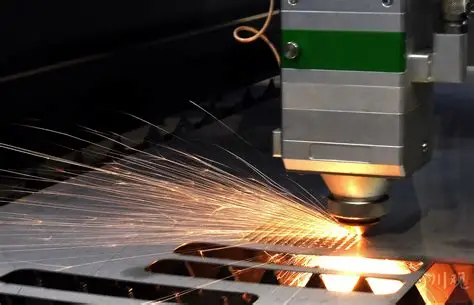What are the main differences between flatbed cutter and plotter CNC cutter blades?
1. Cutting surfaces and material handling
Flatbed cutter:
- Equipped with a fixed flat cutting surface.
- For rigid and flexible materials such as cardboard, foam board, leather, textiles and plastics.
- It is capable of handling larger and thicker materials, including non-coil materials.
- Designed for precise cutting of complex shapes and designs.
Plotter (Reel/Roll-to-Roll) Cutter:
- Uses a moving feed mechanism to feed material from a reel.
- It is primarily used for flexible, sheet or roll materials such as vinyl, paper and film.
- Less effective on thick or rigid materials.
- Difficult to handle oversized or non-standard paper.
2. Precision and Complexity
Flatbed Cutter:
- Provides superior accuracy for fine and complex cuts.
- Ideal for applications such as prototyping, packaging, signage and custom shapes.
- Typically used in industries where repeatability and high quality output are critical.
Plotter Cutter:
- Provides reliable accuracy for simple, continuous cuts or repetitive shapes.
- It is ideally suited to producing simple designs in high volume.
- Lacks the precision of a flatbed system when performing more complex tasks.
3. Blade Types and Mechanisms
Flatbed Cutter:
- Supports a wide range of blades, including oscillating, drag and tangential mechanisms.
- Adjustable depth of cut and pressure to accommodate different material thicknesses.
- Often include a knife changing system to meet a wide range of cutting requirements.
Plotter Cutter:
- Typically uses a drag knife or basic cutting head.
- Fewer blade options and limited adjustability compared to flatbed cutters.
- It is optimised to cut thinner materials efficiently and quickly.
4. Size and workspace requirements
Flatbed cutters:
- require a considerable footprint due to their large and fixed table.
- It is possible to use specialised feeding techniques to handle oversized plates and process materials longer than the cutting bed.
Plotter Cutter:
- More compact design and smaller footprint.
- Limited by material roll width and feed system

5.Appliance
| Features | Flatbed cutter | Plotter cutter |
| most suitable | Rigid and flexible materials, complex designs | Flexible coil, simple design |
| Material thickness | thinner to thicker | Thin models only |
| precisely | High (complex shapes, prototypes) | Medium (long, straight cut) |
| workspace | Large (fixed table) | Compact (roll feed) |
| Blade Type | Wide (oscillating, dragging, tangential, etc.) | Limited (mainly drag knife) |
| typical use | Packaging, labelling, textiles, prototyping | Vinyl graphics, decals, labels |
Flatbed cutters are highly regarded for their superior versatility and accuracy, as well as their ability to handle a wide range of materials and thicknesses. These attributes make them ideal for applications in industries where adaptability and accuracy are important, such as manufacturing, packaging and prototyping.
On the other hand, plotter cutters are designed for high-speed operation and simple cutting tasks, and are well suited to handling flexible web materials. These cutters are most commonly used for signage, decals and simple graphic designs, meeting the needs of projects that focus on efficiency and simplicity.



